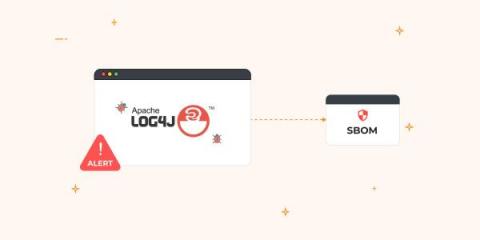What to Know About the CISA Software Bill of Materials Sharing Lifecycle Phases
As Software Bill of Materials (SBOM) adoption efforts mature, a report recently released by the Cybersecurity and Infrastructure Security Agency (CISA) provides guidance to users in selecting suitable SBOM sharing platforms based on the amount of time, resources, subject-matter expertise, effort, and access to tooling available to them to implement a phase of the SBOM sharing lifecycle. The lifecycle has three phases: discovery, access, and transport.










